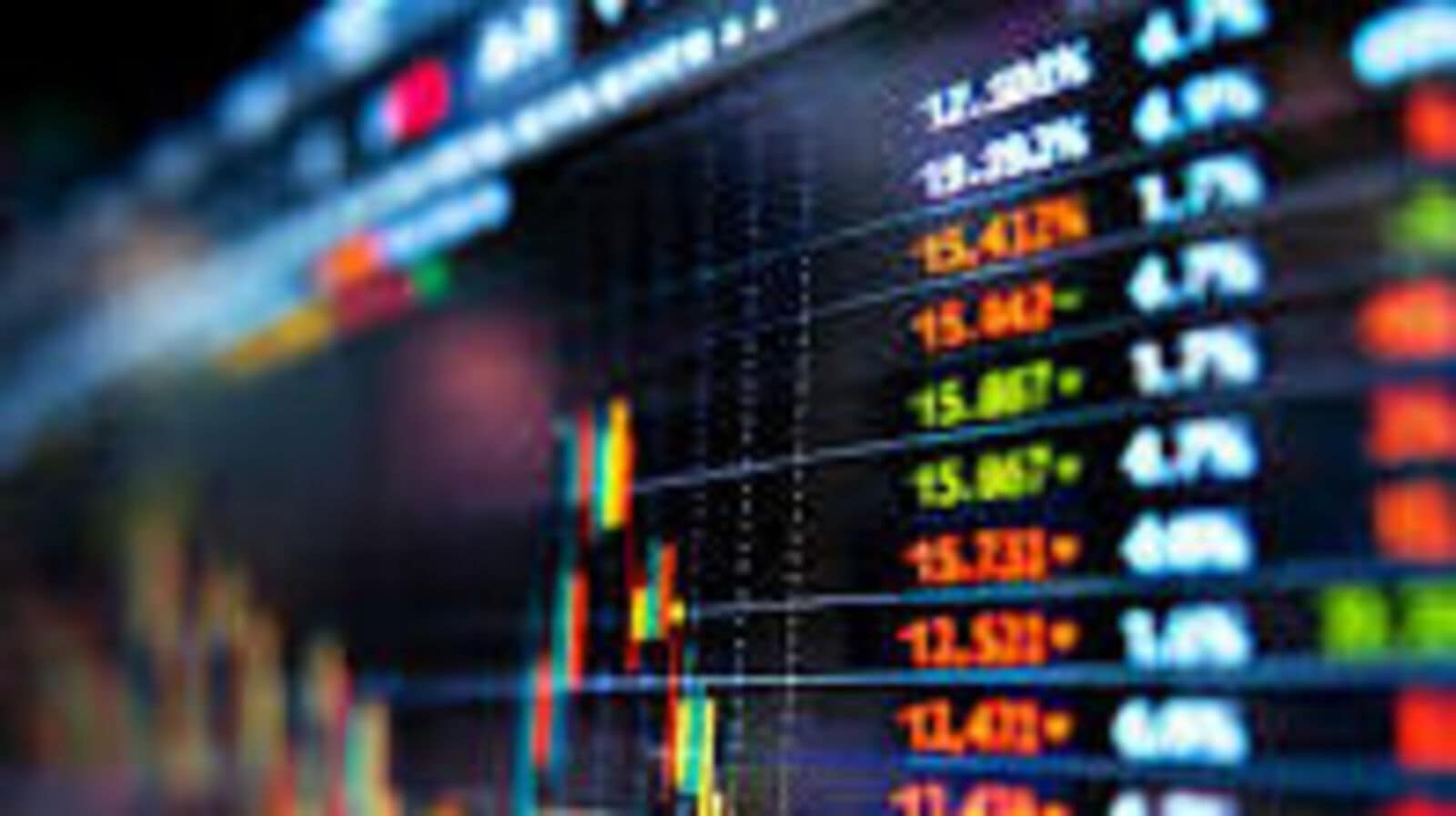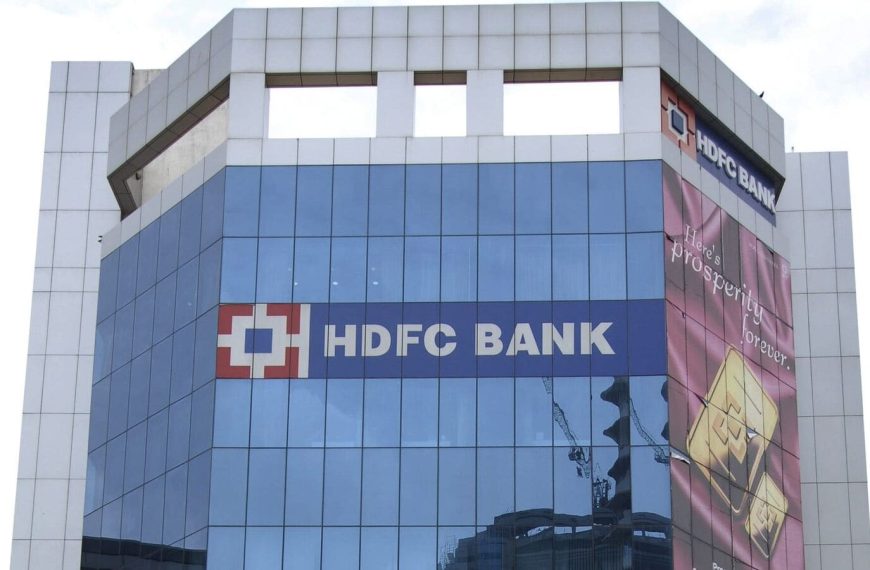The Swiss franc has emerged as the top performer among major currencies following recent tariff announcements from US President Donald Trump, prompting a surge in demand for safe-haven assets. This uptick has brought the franc close to levels not seen since late 2023, when the Swiss National Bank (SNB) expressed its willingness to intervene in the currency markets to curb its strength. The current options market indicates further potential gains for the franc.
Increasing Pressure on the Swiss National Bank
Simon Harvey, a senior macroeconomist at LB Macro in Lugano, highlighted the challenges facing the SNB, stating that the recent appreciation of the franc is particularly concerning, especially in relation to the euro. If the franc continues to strengthen significantly, the SNB may be forced to consider two difficult choices: intervene in the currency market and risk drawing the ire of the U.S. administration, or lower interest rates below zero—reviving a controversial policy that had distorted markets in previous years.
- The franc increased by 2.5% against the euro, reaching its highest value in over three months following the tariff announcement on April 2.
- It also saw an impressive rise of approximately 4% against the US dollar.
The Risks of a Strong Franc
Market analysts are expressing concerns that the franc’s strength could lead to reduced import costs, potentially creating deflationary pressures on the Swiss economy. This situation is exacerbated by the threat of US tariffs impacting Swiss exporters and possibly weakening the European Union, Switzerland’s largest trading partner.
Volkmar Baur, a currency strategist at Commerzbank AG, warned that if the euro falls below 0.92 towards 0.90, it could trigger intervention from the SNB. Similarly, Sascha Kever, chief investment officer at Pkb Private Bank SA, noted that action would be necessary if the euro were to reach 0.90.
Market Sentiment and Future Predictions
Market sentiment is shifting, with risk reversals indicating that traders are increasingly bearish on the euro-franc pairing, marking the most negative outlook since late August. Since 2023, the SNB has largely refrained from currency market interventions, but experts like Claude Maurer, chief economist at BAK Economics, believe that the central bank is more likely to intervene to weaken the franc rather than cut rates at this juncture.
Maurer emphasized that currency interventions offer the SNB greater flexibility, though he cautioned that such actions could attract scrutiny from the U.S. for potentially being labeled a "currency manipulator." Historically, Switzerland has faced this issue before, but the current political climate makes the stakes significantly higher, especially with the U.S. Treasury’s monitoring list for currency practices.
The Path Ahead for the Swiss National Bank
According to LB Macro, the market may not fully appreciate the likelihood of the SNB intervening to weaken the franc before June, when a potential rate cut of up to 50 basis points could occur to manage the currency’s strength. Current expectations suggest over a 60% chance of a 25 basis point cut in June, which would bring the official rate to zero.
Maxime Botteron, an economist at UBS, warned that the franc’s strength poses risks of inflation slowing to 0% or even dipping into negative territory. He stated that while a rate cut to 0% is a possibility, his base case is that the SNB has completed its rate-cutting phase for now.
Switzerland previously maintained negative rates for nearly eight years to deter currency speculators, with a record low of -0.75%. The SNB was the last European central bank to raise rates above zero in September 2022. While SNB President Martin Schlegel mentioned in December that returning to negative rates remains an option, analysts are divided on future actions.
Goldman Sachs forecasts two rate cuts leading to a terminal rate of -0.25% by September, while Baur from Commerzbank suggests that the SNB may opt to risk being labeled a currency manipulator rather than face the challenges of a significant rate cut in June.
In summary, the situation remains fluid as the SNB navigates the complexities of a strengthening franc, market pressures, and geopolitical implications. The coming months will be crucial in determining the bank’s next steps.











